Master Sales Predictions with HubSpot Forecasting
Boost your sales strategy with HubSpot’s Forecasting Tool. Get real-time insights and accurate revenue predictions to make smarter decisions.

Unlock the secrets of SaaS sales forecasting with insights on CRM integration and KPI optimization.
Effective sales forecasting is the cornerstone for sustainable growth and strategic decision-making. It helps businesses to allocate resources efficiently and capitalize on emerging opportunities.
Let's have a look at the art and science of SaaS sales forecasting and the importance of integrating Customer Relationship Management (CRM) systems.
Sales forecasting in the SaaS industry is more than just a prediction, it’s a strategic imperative. Businesses can gain insights into market trends, customer behaviors, and revenue projections. Following are some key benefits of SaaS sales forecasting.
Precision in Resource Allocation: Businesses can carefully allocate their resources with accurate forecasting and ensure optimal staffing, budgeting, and infrastructure investments.
Informed Decision-Making: A reliable sales forecast results in making strategic decisions more informed. Businesses can adapt proactively to product demands, market fluctuations, and competitive landscapes.
Enhanced Customer Relationships: CRM integration allows businesses to have a thorough understanding of customer interactions. When paired with forecasting, it enables businesses to tailor their approaches, fostering stronger and more personalized customer relationships.
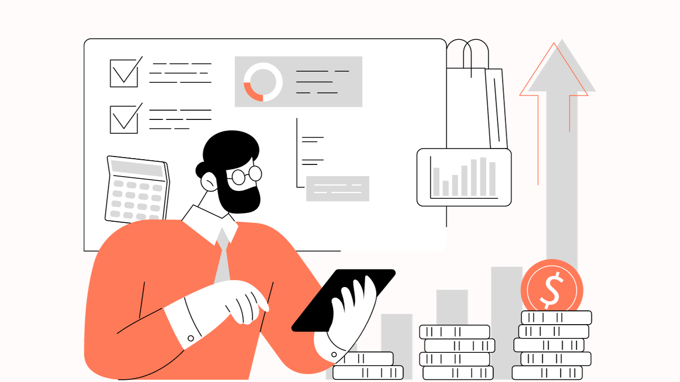
While there are various advantages of SaaS sales forecasting there are some challenges that affect its effectiveness. To get accurate predictions and sustain business growth, it's essential to recognize and address these challenges.
Data Quality and Accuracy: You need to maintain a high standard of data quality for precise predictions, otherwise, you’ll compromise the reliability of forecasts in case of incomplete or inaccurate data.
Market Volatility: There are rapid changes experienced in market dynamics, such as emerging competitors or shifting customer preferences, which can disrupt forecasts. SaaS businesses should remain agile to adapt their strategies accordingly.
Integration Complexity: The integration of CRM systems with sales forecasting tools can be complex. For accurate predictions, ensure a smooth flow of data between these platforms.
Scaling Challenges: Forecasting becomes more intricate when the SaaS companies scale speedily. The challenge lies in adapting forecasting models to accommodate the evolving complexities of a growing customer base and product portfolio.
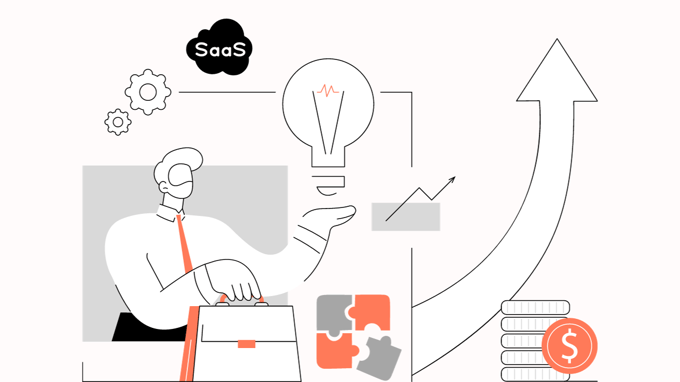
In the dynamic landscape of Software as a Service (SaaS), adaptability and foresight are paramount, and creating a robust sales forecast is a strategic imperative. The process involves careful planning and perfect execution.
Here are the key steps to ensure a comprehensive and effective SaaS sales forecast.
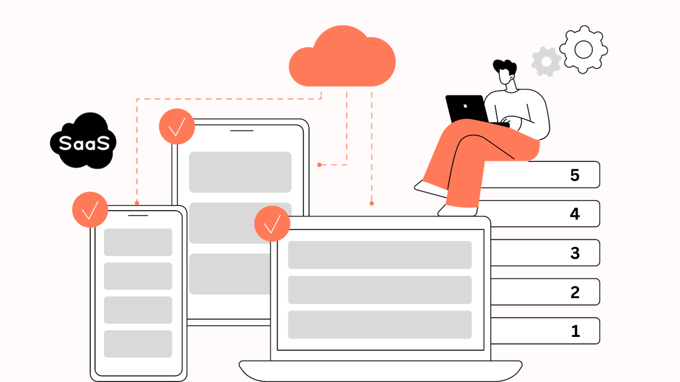
A well-organized sales pipeline is essential for accurate forecasting. The stage-wise classification and organization of potential deals enable businesses to gain a clear understanding of the sales journey. The implementation of this systematic approach ensures that each stage of the pipeline is reflective of the buyer's journey and aligns with the sales team's activities.
To determine the success of your SaaS sales efforts, you should establish key performance indicators (KPIs). By regularly monitoring KPIs you’ll gain valuable insights into the effectiveness of your sales strategies whether it is conversion rates, customer acquisition cost, or monthly recurring revenue. The right selection of KPIs aligned with your business objectives and their consistent tracking helps you identify trends and areas of improvement.
There should be clarity in the roles and responsibilities of each team member for a well-functioning and efficient sales team. You should clearly define the responsibilities of each team member within the context of the sales forecast. Assign tasks to individuals accordingly by understanding the strengths of each team member. When communication is seamless, data entry is consistent, and everyone is working towards their common goal, it results in an efficient and collaborative team.
An effective integration of CRM systems plays a pivotal role in elevating the efficiency and accuracy of sales forecasting.
The CRM system provides a holistic view of customer interactions, preferences, and historical behaviors as it serves as a central repository for customer data. This integration ensures that forecasting is grounded in real-time customer insights while providing a more accurate representation of market dynamics.
The data available in a CRM system is just like a goldmine for accurate sales predictions. Businesses can identify patterns, analyze past customer interactions with saas reporting, and anticipate future trends.
Furthermore, CRM data offers a comprehensive understanding of the customer lifecycle. So, the sales teams can make informed predictions about customer behavior, potential deals, and revenue projections.
In short, the integration of CRM data into the forecasting process converts raw information into actionable intelligence.
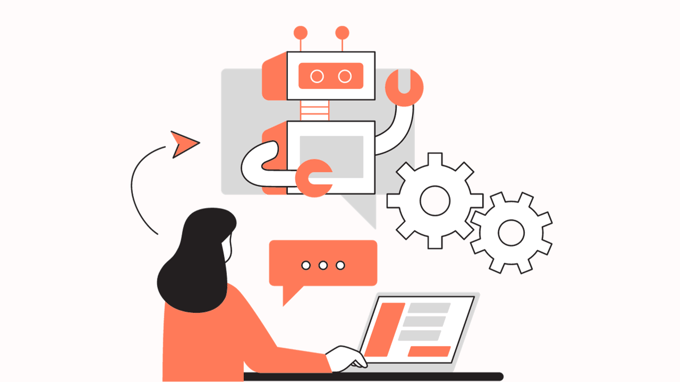
For SaaS businesses, the precise identification and measurement of key performance indicators (KPIs) leads to successful sales forecasting. These metrics guide organizations through the nuances of customer acquisition, retention, and the overall efficiency of the sales process.
In the realm of SaaS sales forecasting, metrics related to customer acquisition and retention take center stage. Some KPIs play a significant role such as Customer Acquisition Cost (CAC) and Customer Lifetime Value (CLV). Businesses may assess the cost-effectiveness of acquiring a new customer with CAC, while CLV provides insights into the long-term value of a customer relationship.
Furthermore, the monitoring of churn rates gives a clear picture of customer retention efforts which helps businesses to refine their strategies and minimize customer attrition.
To assess the efficiency of the sales process there is a need for precise measurement of KPIs such as conversion rates, lead-to-customer conversion time, and sales pipeline velocity. With these metrics, you may know the effectiveness of the sales team in moving leads through the pipeline and converting them into customers.
The improvement in these KPIs helps SaaS businesses enhance the overall efficiency of their sales process leading to accurate forecasting.
The proper utilization of data from Customer Relationship Management (CRM) systems is integral to the success of these KPIs. These systems provide a centralized hub of customer interactions to help organizations track and improve key metrics.
Not only this, but businesses can also refine targeting strategies, identify patterns in customer behavior, and make data-driven decisions to strengthen their overall sales forecasting efforts by leveraging CRM data.
Thus, SaaS businesses can navigate the complexities of the market flawlessly as the combination of KPIs and CRM data creates a robust framework for them.
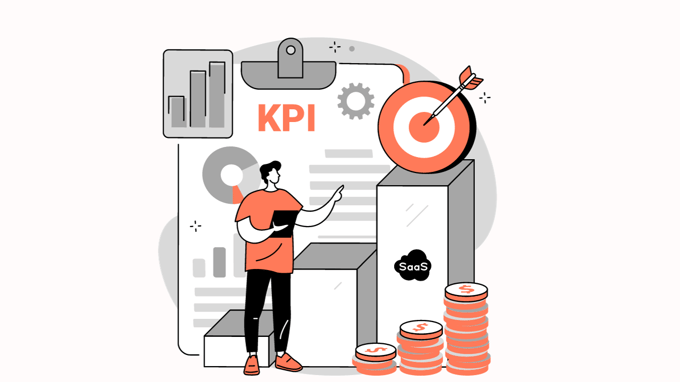
Sales forecasting in the SaaS industry requires a careful and detailed approach that considers the unique dynamics of the sector. To get a complete understanding of market trends, customer behavior, and potential revenue streams, it's important to use a variety of methods.
Let's explore some distinct sales forecasting methods that are tailored to meet the specific needs of SaaS businesses.
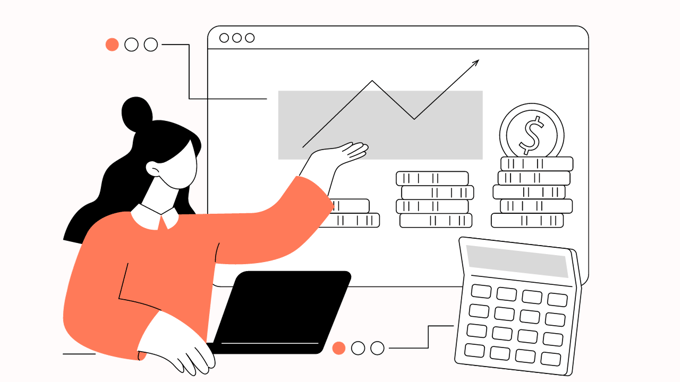
Opportunity stage forecasting is a method that involves a thorough examination of each stage within the sales pipeline. Businesses can gain valuable insights into the possibilities of conversion at different stages by categorizing opportunities based on their progress.
With this detailed analysis of the sales process, businesses can allocate resources strategically and predict revenue streams based on the maturity of opportunities within the pipeline.
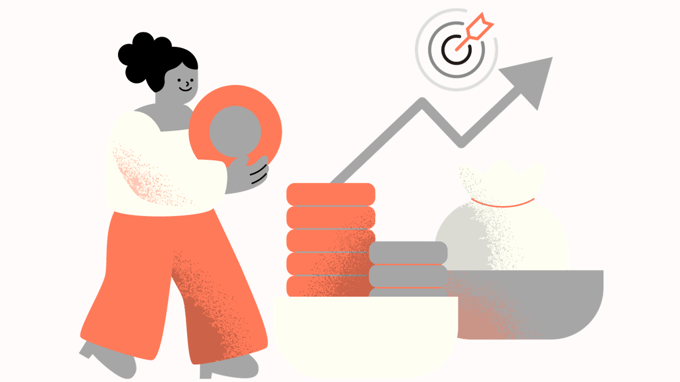
In SaaS sales forecasting, you can’t ignore the length of the sales cycle as the duration of different products and services differ. The proper understanding and incorporation of this temporary dimension into forecasts helps in resource planning and setting realistic expectations.
A sales cycle that is prolonged may require different strategies than a shorter one. By adjusting forecasts, more precise predictions of revenue and customer acquisition timelines can be made.
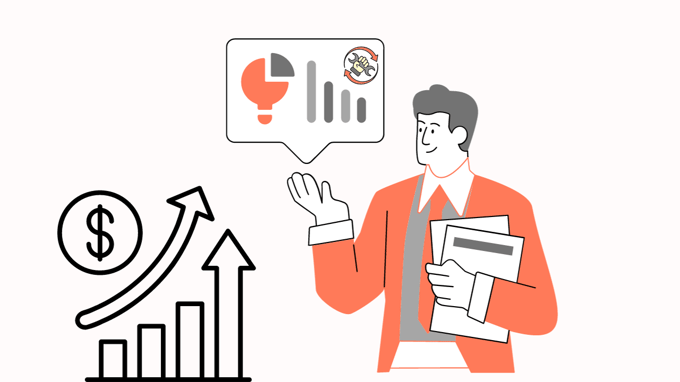
In the method of intuitive forecasting, the expertise and insights of experienced sales professionals are involved. While it may not have the precise quantitative accuracy of other methods, the intuitive approach draws on industry knowledge and experiential understanding.
This approach is especially valuable in rapidly developing markets where historical data may not capture new trends. The combination of intuition and data-driven approaches provides a well-rounded perspective and enhances the adaptability of SaaS sales forecasts.
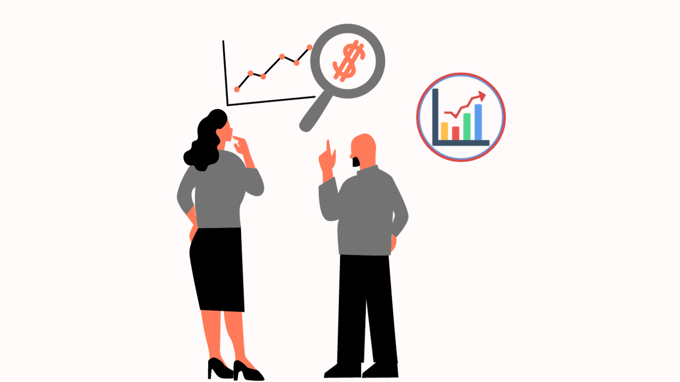
Past sales data is analyzed in historical forecasting to identify patterns and trends. This method helps SaaS businesses to understand customer behavior, seasonal fluctuations, and the impact of product releases or updates.
In addition, advanced analytics provides insights into cyclical patterns and enables businesses to make informed decisions based on proven trends from their own sales history.

Multivariable analysis is a method that combines different factors that impact sales, such as marketing campaigns, customer behavior, and economic trends. By analyzing multiple variables at once, SaaS companies can create advanced models that help them forecast sales accurately.
This approach is particularly useful for SaaS businesses that operate in dynamic environments, where several interconnected factors influence market dynamics. By using sophisticated tools for multivariable analysis, companies can improve the precision and adaptability of their sales forecasts.
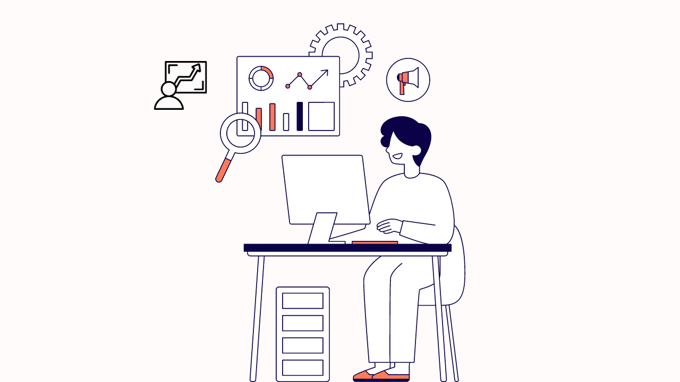
Businesses seeking sustainable growth and success in the dynamic digital landscape should master SaaS sales forecasting. There are various advantages of accurate forecasting involving informed decision-making resource optimization and more. However, there are some challenges in SaaS sales forecasting which requires a strategic approach.
The seamless integration of Customer Relationship Management (CRM) systems acts as a game changer. It not only enhances accuracy but also provides valuable insights into customer behavior and market trends. With perfect CRM integration, optimizing KPIs, and employing diverse forecasting methods, businesses can position themselves for agility and resilience.

Boost your sales strategy with HubSpot’s Forecasting Tool. Get real-time insights and accurate revenue predictions to make smarter decisions.

Exploring strategies that power effective SaaS lead scoring. Boost business growth by understanding how to identify and prioritize high-value SaaS...
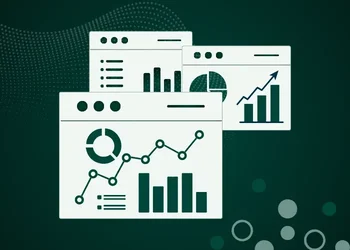
Explore 14 must-use HubSpot sales dashboard examples and best practices for tracking key metrics and optimizing performance.